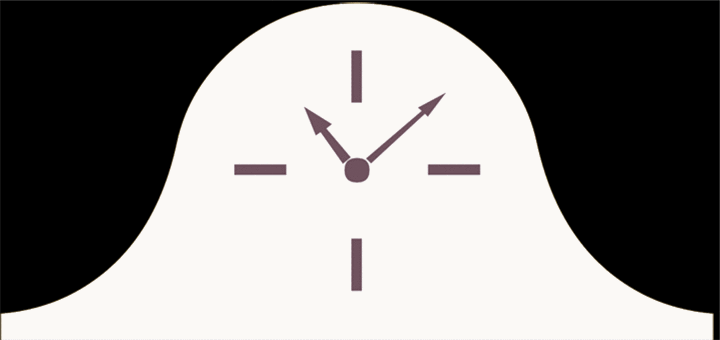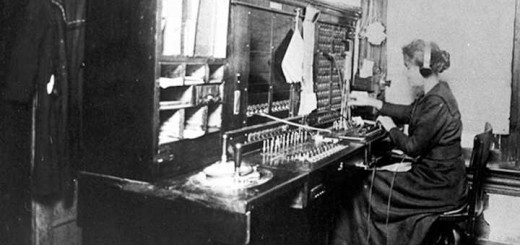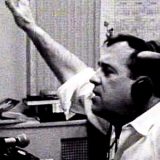Find The Clock In Your Podcast
One of the more romantic notions in our culture is the myth of the creative individual. He or she has a mind that races from thought to thought, unfettered by any constraints and, along the way, comes up with never-before-heard-of combinations of ideas that stagger the imaginations of mere mortals.
Well, there’s that and the Tooth Fairy.
Romance is a wonderful thing. Except when it’s not. And in podcasting, it’s not.
Creativity is a combination of the uncontrollable and the constrained. The uncontrollable is where your ideas come from. The constraints ensure that only the best ideas survive. Constraints, if properly applied, are tools that enhance your creativity.
Here’s a tool that can move your podcast from okay (or worse) to must-listen. It’s a long-standing fixture of radio, but I don’t see it applied to podcasts all that often. It’s called a format clock. You can find examples of them all over the Internet. (That gasping sound you hear is from ex-radio jocks reading this with disbelief. Format clocks are a good thing?) Radio stations use them to create a consistent sound from one DJ or host to another, and to match station programming to the needs and moods of the audience at different times of day.
When is an Hour Not an Hour?
Let’s say you have a one-hour podcast. Many listeners—and more importantly many potential listeners—won’t have time to listen from start to finish. A shorter show would better fit their lifestyles. Let’s see how a format clock can convert an hour-long show into something that helps you hold on to existing and new listeners, without sacrificing content or length.
We’re going to build a format clock for this mythical hour-long interview podcast. Since I can’t draw a straight line with a ruler (I’m not kidding. There’s a former high school mechanical drawing teacher lying in his grave who will attest to this), I’ll lay it out in text rather than pictures:
- 00:00 Opening Billboard
- 00:01 Recap of last week’s show and news relevant to audience
- 00:05 Interview Segment 1 in Which We Learn About the Background of Your Guest
- 00:25 Recap of Segment 1
- 00:26 Interview Segment 2 in Which We Discover Some Problem or Challenge Your Guest Had to Overcome
- 00:40 Recap of Segment 2
- 0041: Segment 3 in Which We Learn HowYour Guest Met the Challenges and the Outcome
- 00:54 Recap, Thank Guest
- 00:55 Listener Feedback, Email, Comments
- 00:58 Preview Next Episode
- 00:59 Credits and Close
- 1:00 End
Unlike a radio station or network these times are approximate. You don’t have to join a feed or provide a timed break-away for local stations. If your show runs 54 minutes or an hour and 13 minutes, that’s up to you.
Stop the Clock
Let’s break for a bit and see what we’ve accomplished:
- we’ve divided the show into shorter segments that present a far more appealing listening opportunity. While an hour may be too long for the average listener, 20 minutes might be perfect for treadmill time at the gym or a commute (in some cities, anyway). It’s a lunch break. It’s convenience.
- we’ve created a prompt to recap the show every so often to keep maintain, or regain, the attention of mulit-tasking listeners;
- we’ve overlaid a structure onto interview that maintains the focus of the show rather than turning it over to a long-winded, unfocused or insecure guest.
But Wait, There’s More
Once you develop your own clock you’ll see all sorts of opportunites that were hiding in the shadows when you thought of your show as a one-hour monolith:
- assume the goal of each segment is to draw listeners into the next one. How can you do that? Cliffhangers, teasers and billboards are standard broadcast devices. If you don’t like them, use your creativity to invent some of your own;
- what segments can you add to your show to create excitement, interest or commitment? For example,you can drop a pitch for listener participation on Patreon between segments 2 and 3 Why? Because when your listeners are be waiting to hear the payoff from your guest they’ll be paying the most attention;
- what additional clocks can you develop for the same format or for different formats? You might have a clock for times when you have two guests. One guest gets a long interview, the other one gets a short one. Or, you might have a clock for guests whose appearances include a performance. If you have different clocks for the same format, what clock(s) seem to resonate with your audience? Maybe you’ll want to standardize on it (or one of them).
A format clock can make your show more listenable and listener-friendly and inspire you to create great content by focusing, not restricting, your creativity. Always remember a format clock works for you.
Not the other way around.









